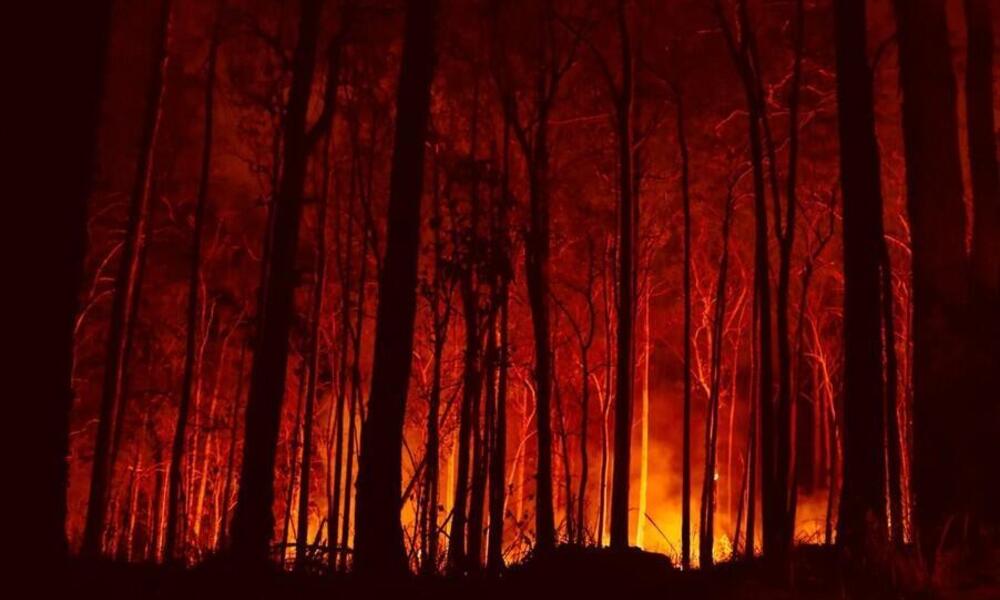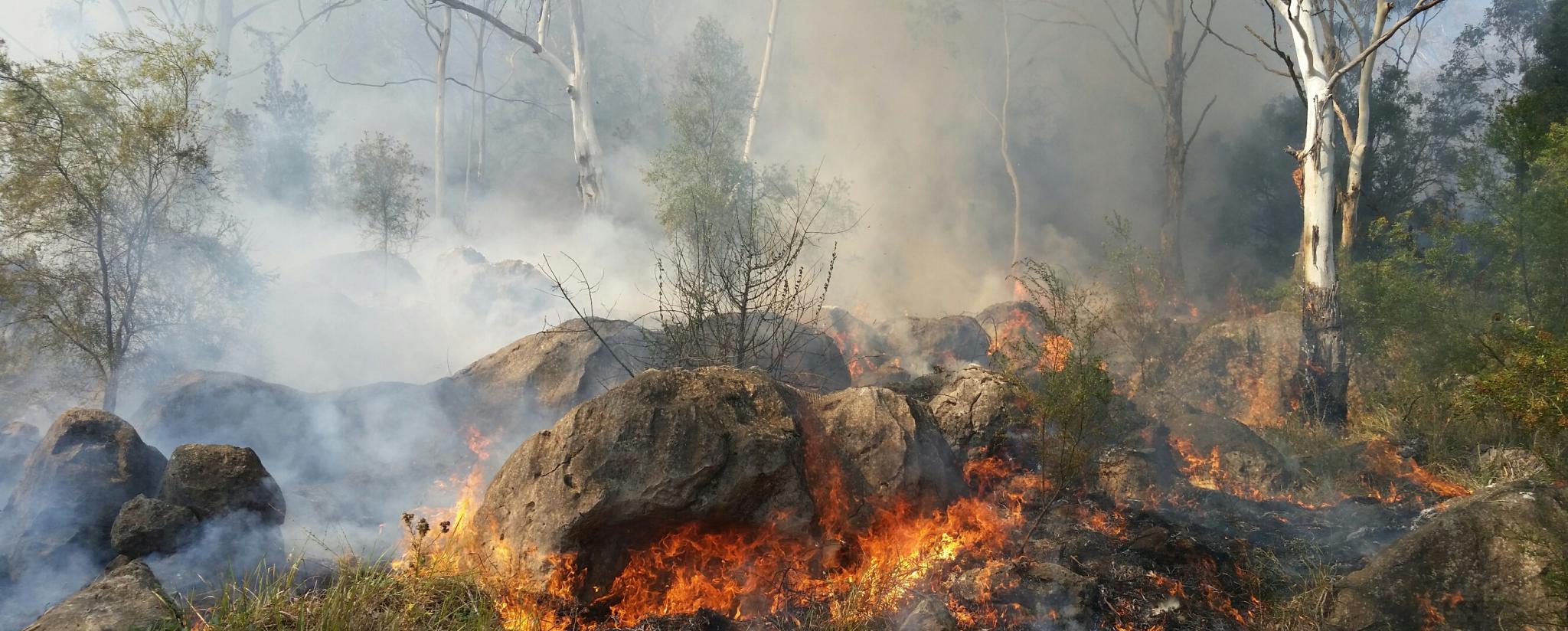Past Conformity: Enhancing Residential Property Safety And Security with a Thorough BAL Report
Past Conformity: Enhancing Residential Property Safety And Security with a Thorough BAL Report
Blog Article
Vital Tips for Bushfire Management to Guarantee Fire Security

Comprehending Bushfire Risk Levels
Recognizing the differing levels of bushfire threat is crucial for effective planning and preparation in mitigating prospective risks to lives and residential or commercial properties. Bushfire danger degrees are normally classified based on elements such as weather, gas accessibility, topography, and historical fire actions. By understanding these danger areas, degrees and people can proactively implement approaches to decrease vulnerability and boost strength despite potential bushfire events.
The initial level of bushfire risk is reduced danger, where the likelihood of a bushfire taking place and triggering significant harm is very little. This degree often takes place during periods of reduced temperatures, modest moisture, and very little wind rates. Modest threat levels indicate an enhanced potential for bushfires due to intensifying climate condition or gas availability. High-risk degrees represent a considerable hazard, with conditions favorable to rapid fire spread and extreme fire actions. Severe danger degrees are the most crucial, presenting brewing risk to homes and lives because of serious weather and extremely flammable fuels.
Comprehending these bushfire risk degrees makes it possible for stakeholders to customize their preparedness and feedback actions as necessary, guaranteeing a efficient and aggressive technique to bushfire monitoring.
Establishing a Defensible Space
Reliable bushfire administration starts with establishing a defensible area around residential or commercial properties to enhance protection against prospective fire threats. A defensible space is a barrier zone that develops an obstacle between a structure and the surrounding combustible vegetation. This space acts as an essential line of defense, giving firefighters a risk-free area to operate and assisting to lower the danger of a fire spreading out to the residential or commercial property.
When establishing a defensible space, it is necessary to consider the design of the residential property and the surrounding landscape. Clearing plants, particularly very combustible plants, within a certain distance of the residential or commercial property can aid prevent the rapid spread of fires. Furthermore, preserving a well-irrigated area around the property can further improve its defensibility.
Regular upkeep of the defensible room is important to ensure its efficiency. This consists of trimming looming branches, getting rid of dead vegetation, and keeping the location devoid of debris. By investing time and initiative right into developing and maintaining a defensible area, residential property owners can considerably enhance their chances of securing their homes and possessions throughout a bushfire.
Executing Fireproof Landscape Design
When designing landscapes to reduce the risk of bushfires, integrating fire-resistant aspects is necessary for boosting home defense and lowering fire hazards. Implementing fire-resistant landscape design includes critical planning to develop a defensible room around structures. Begin by choosing fire-resistant plant species that are less most likely to stir up and generate lower degrees of combustible materials. Select plants with high dampness material, low oil web content, and minimal dead plants to lower the danger of fire spread. Additionally, maintain appropriate spacing between plants and keep them appropriately pruned to avoid fire from conveniently leaping between greenery.

Developing an Emergency Situation Discharge Strategy
Establishing a detailed emergency situation evacuation strategy is crucial for ensuring the safety and well-being of people during possible bushfire incidents (BMP). An efficient discharge plan should outline clear procedures to follow in case of a bushfire threat, including assigned evacuation paths, setting up points, and communication procedures
To begin producing an emergency situation evacuation plan, it is vital to analyze the specific threats and vulnerabilities of your place. Recognize several emptying paths that bring about risk-free areas away from the fire, thinking about elements such as surface, road accessibility, and possible risks. Develop interaction networks to sharp residents of an upcoming emptying, utilizing techniques such as alarms, message signals, or door-to-door alerts.
Frequently evaluation and exercise the evacuation plan with all citizens or community participants to make certain everyone comprehends their functions and obligations. Conduct drills to test check it out the performance of the plan and make any kind of necessary changes. By having a well-prepared emptying strategy in position, you can boost the opportunities of a safe and orderly evacuation throughout a bushfire emergency.
Maintaining Fire Security Equipment
After developing a detailed emergency emptying prepare for bushfire events, it is necessary to prioritize the routine maintenance of fire safety tools to make certain optimal performance and preparedness. Normal maintenance of fire safety and security tools such as fire extinguishers, smoke alarm, fire alarm systems, and automatic sprinkler is essential in protecting lives and home during a bushfire. When required., carrying out regular assessments, screening, and maintenance of these tools by certified experts is necessary to assure they are in functioning order.
Fire extinguishers should be examined consistently for pressure levels, noticeable damages, and proper performance. Smoke detectors need to have their batteries replaced at least annually and go through monthly testing to guarantee they are functional. Fire alarms and lawn sprinkler ought to be checked regularly to validate they are attached and functioning properly. In addition, it is essential to keep fire safety equipment available, unhampered, and plainly identified for very easy recognition throughout an emergency. By diligently keeping fire safety and security tools, individuals can boost their preparedness and feedback capacities in case of a bushfire.
Conclusion
In conclusion, efficient bushfire administration entails understanding threat levels, developing defensible rooms, implementing fire-resistant landscaping, creating evacuation plans, and maintaining fire security tools. By following these necessary pointers, individuals can guarantee much better fire defense and security for their communities and properties. It is essential to focus on positive actions to minimize the risks connected with bushfires and to be gotten ready for emergencies.
By comprehending the subtleties of bushfire risk levels, creating defensible spaces, carrying out fire-resistant landscape design, producing thorough discharge strategies, and guaranteeing the upkeep of fire security devices, neighborhoods and individuals can dramatically reinforce their resilience against the ravages of wildfires - BAL Report. These suggestions are not just important for guarding versus prompt fire dangers yet also my response for fostering long-term fire security discover here methods that can make a considerable distinction in the face of escalating bushfire dangers
High-risk levels indicate a significant hazard, with conditions helpful to rapid fire spread and extreme fire habits. Regular maintenance of fire safety and security equipment such as fire extinguishers, smoke detectors, fire alarms, and lawn sprinkler systems is critical in securing lives and building during a bushfire.In verdict, reliable bushfire monitoring includes comprehending threat levels, developing defensible rooms, carrying out fireproof landscape design, establishing emptying strategies, and preserving fire security tools.
Report this page